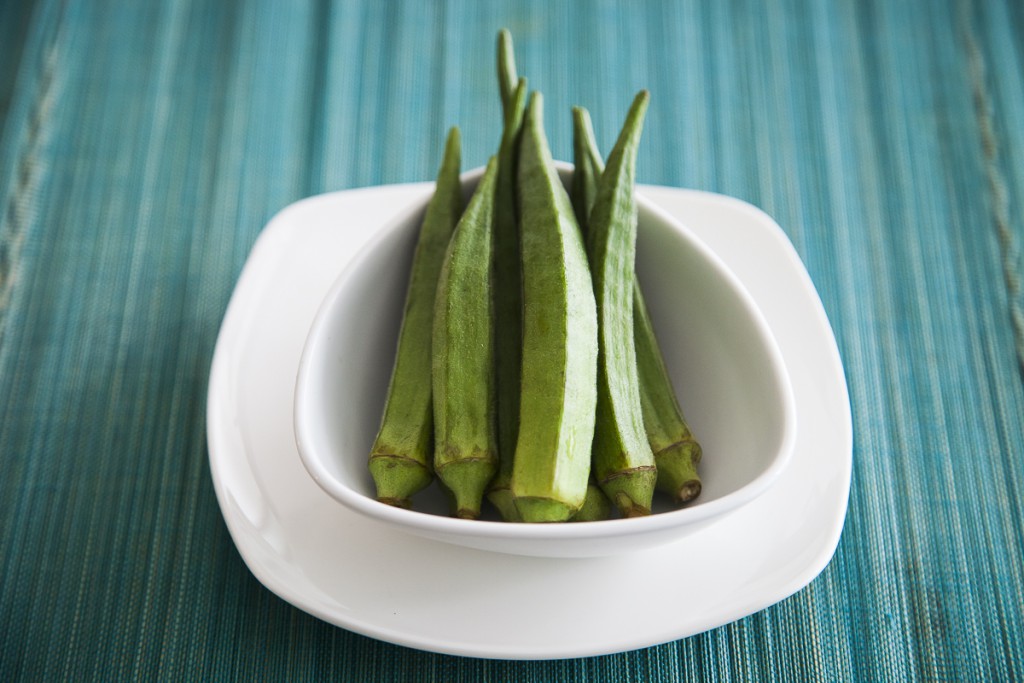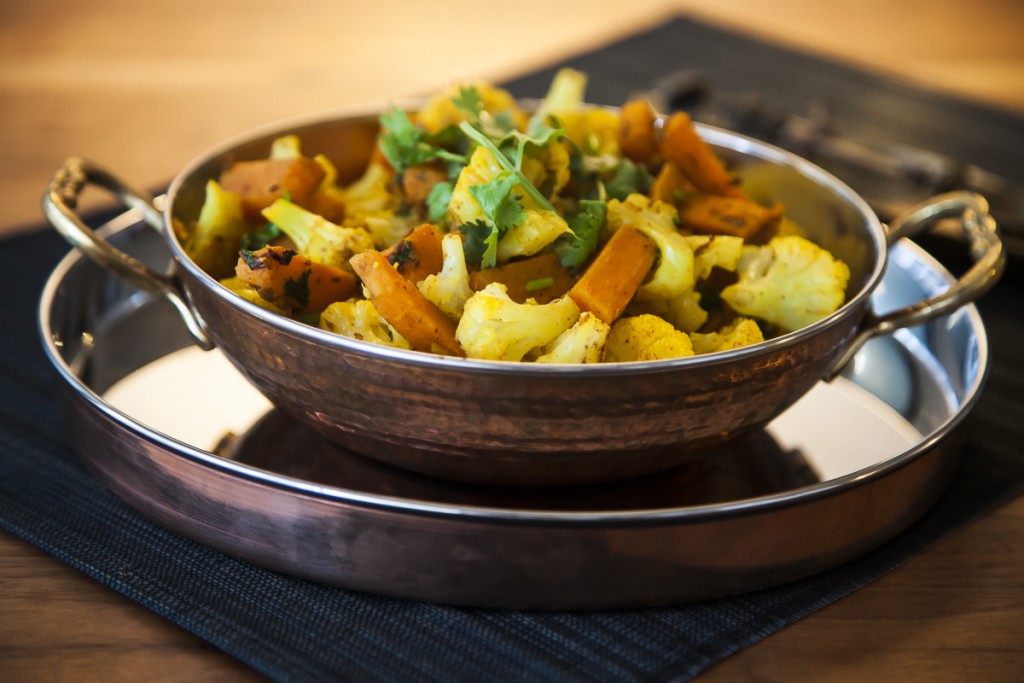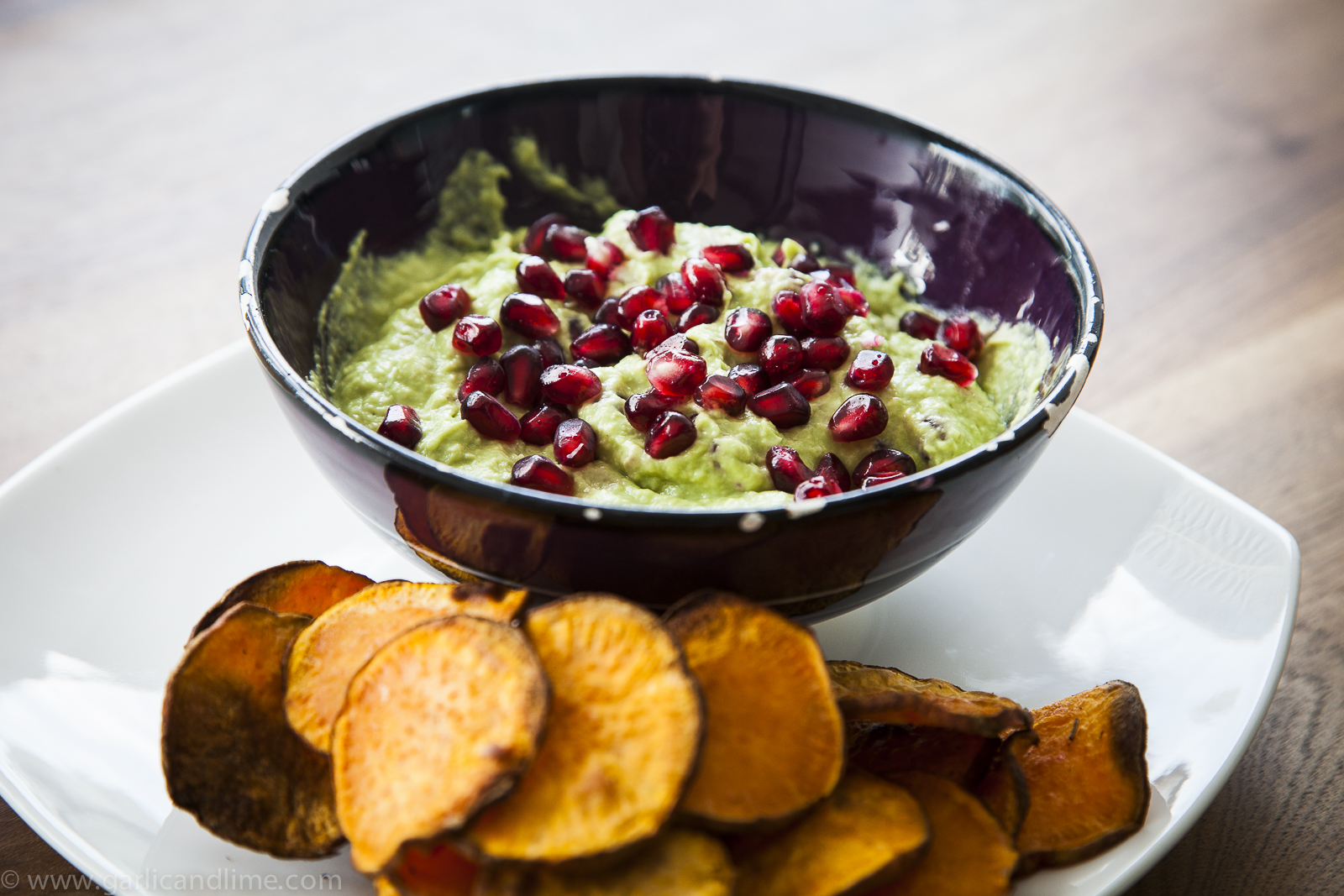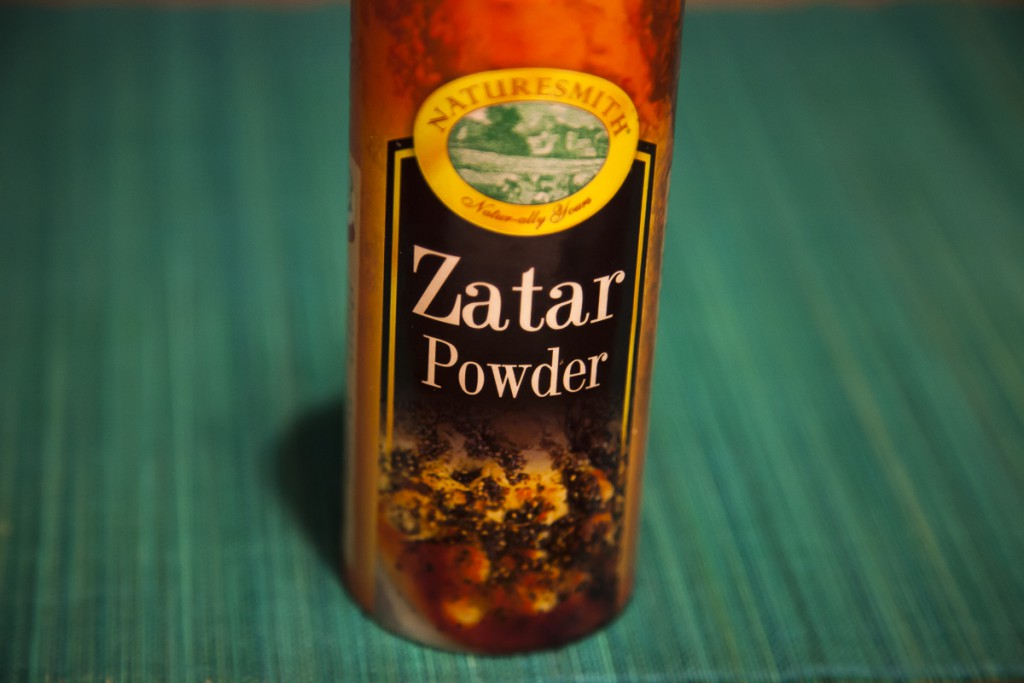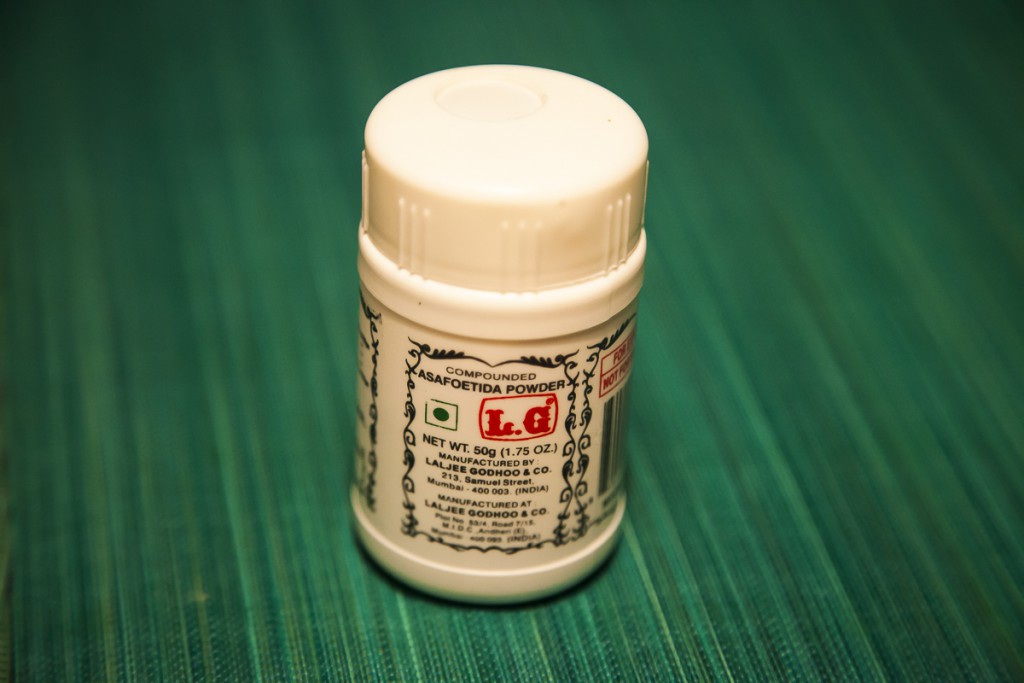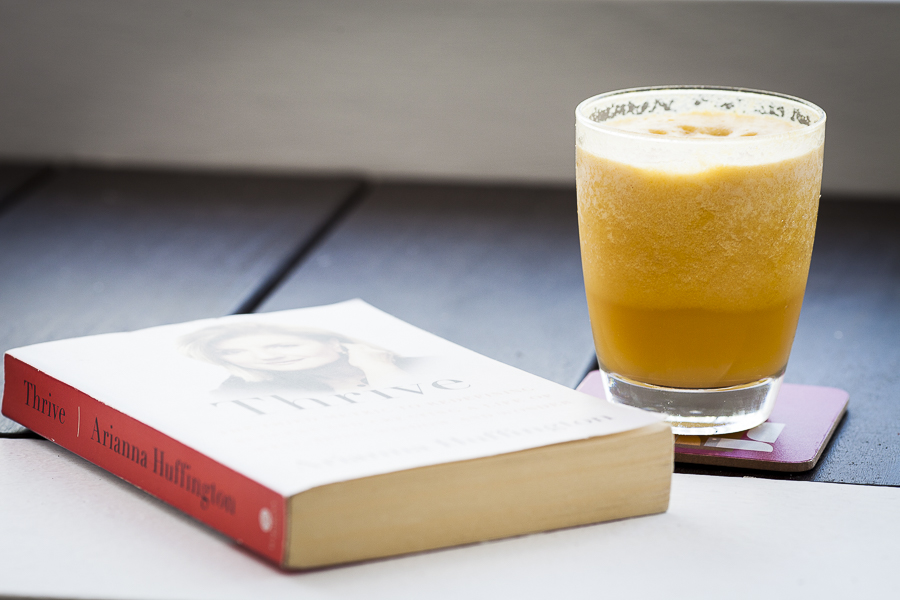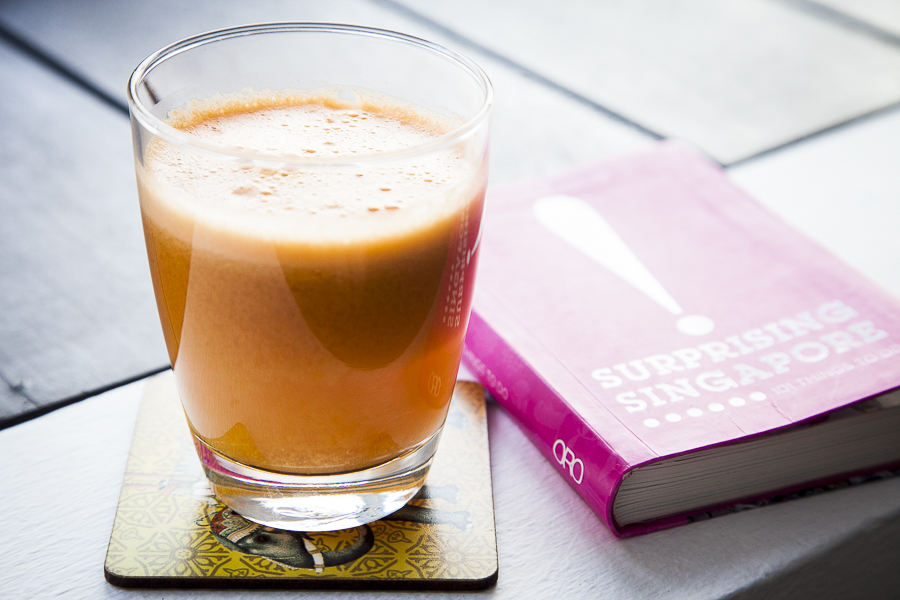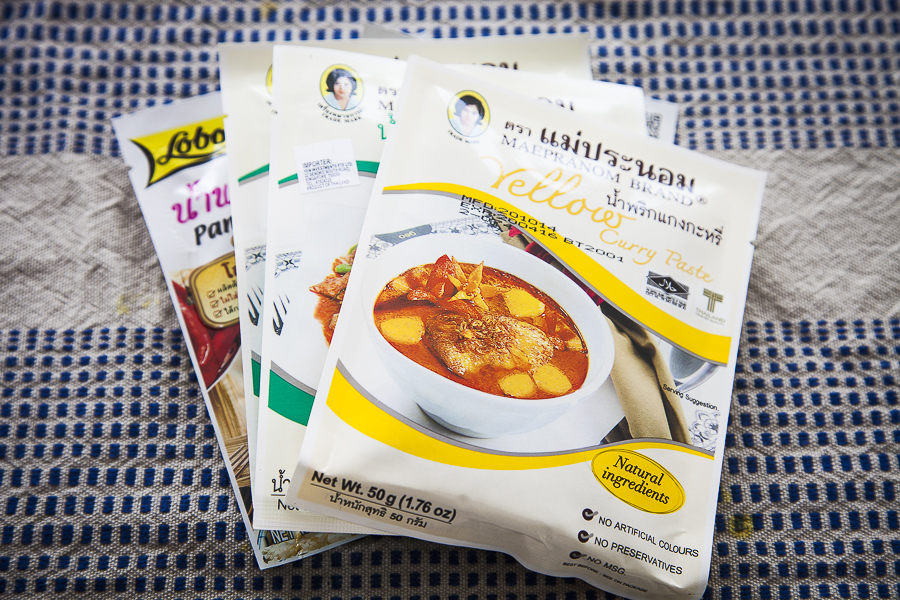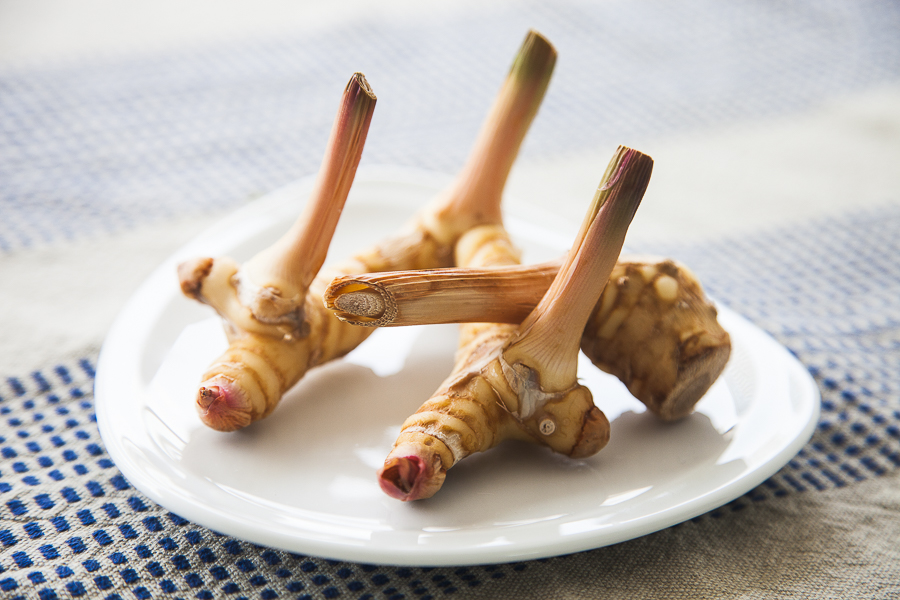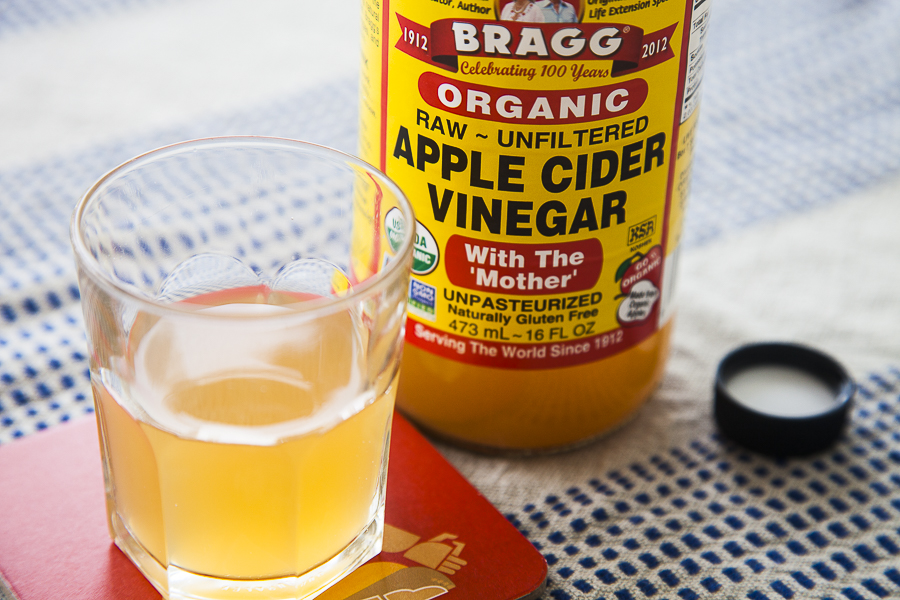Okra is known in many English-speaking countries as ladies’ fingers, bhindi, bamia, ochro or gumbo.
The geographical origin of okra is disputed, with South Asian, Ethiopian and West African origins all being possible.
Okra has a tendency to become slimy when cooked. Some people like it this way, while others prefer to minimize this. Brief cooking such as stir-frying can help to keep them less slimy, as can cooking with acidic ingredients such as a few drops of lemon juice, tomatoes, or vinegar. Alternatively the pods can be sliced thinly and cooked for a long time until the slime dissolves.

